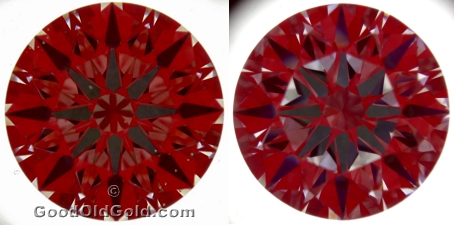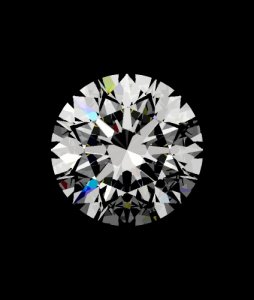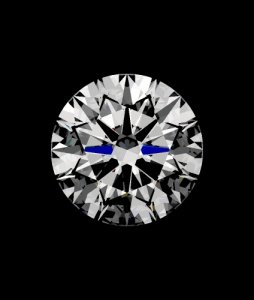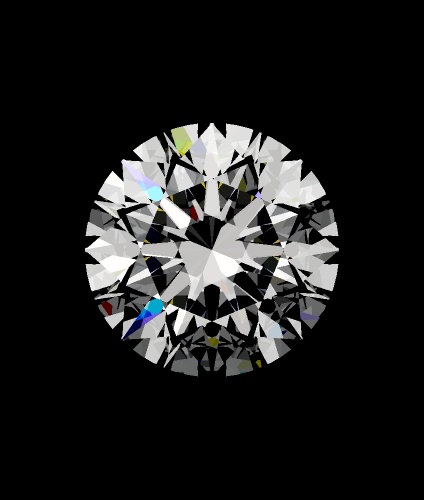strmrdr
Super_Ideal_Rock
- Joined
- Nov 1, 2003
- Messages
- 23,295
AGS Gold can not tell these 2 stones apart.

AGS PGS did.
https://www.pricescope.com/community/threads/when-are-is-aset-and-or-reflector-technologies-needed-or-not-needed-for-internet-purchasing%E2%80%A6.99277/
This is what I'm talking about when I say Gold is a shotgun it just shoots a grade out in the general very wide area where PGS is more like a rifle bullet and hits the target in a fairly accurate fashion!
I rest my case, AGS Gold stinks for consumers.

AGS PGS did.
https://www.pricescope.com/community/threads/when-are-is-aset-and-or-reflector-technologies-needed-or-not-needed-for-internet-purchasing%E2%80%A6.99277/
This is what I'm talking about when I say Gold is a shotgun it just shoots a grade out in the general very wide area where PGS is more like a rifle bullet and hits the target in a fairly accurate fashion!
I rest my case, AGS Gold stinks for consumers.







300x240.png)